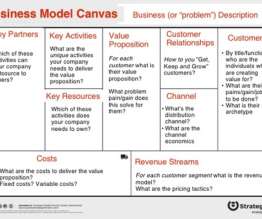Why Has Seed Investing Declined? And What Does this Mean for the Future?
Both Sides of the Table
FEBRUARY 12, 2019
Between 1999–2005 the costs went down by 90% and between 2005–2010 they went down a further 90%. million and my A Round in 2005 was only $500,000 (and that’s all I ever raised). I launched my first startup in 1999 so I know the economics of launching from first-hand experience. The “A Round” of my startup in 1999 was $16.5




























Let's personalize your content